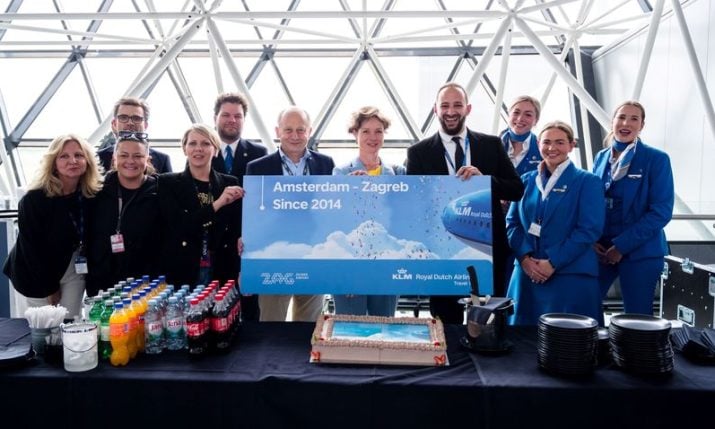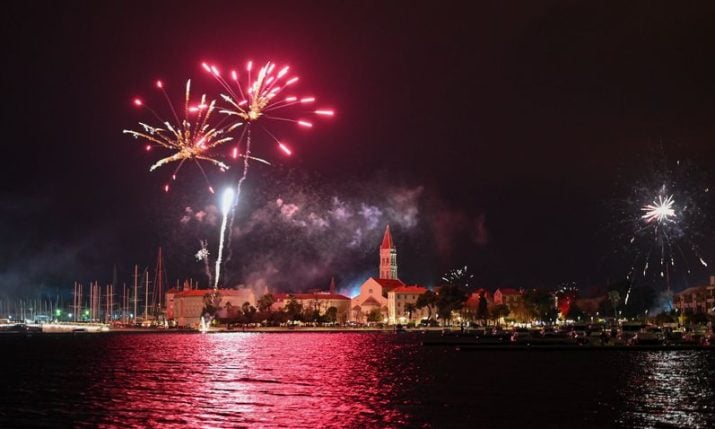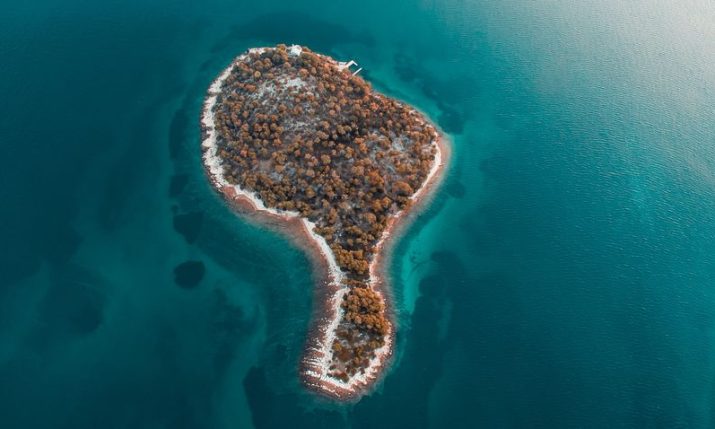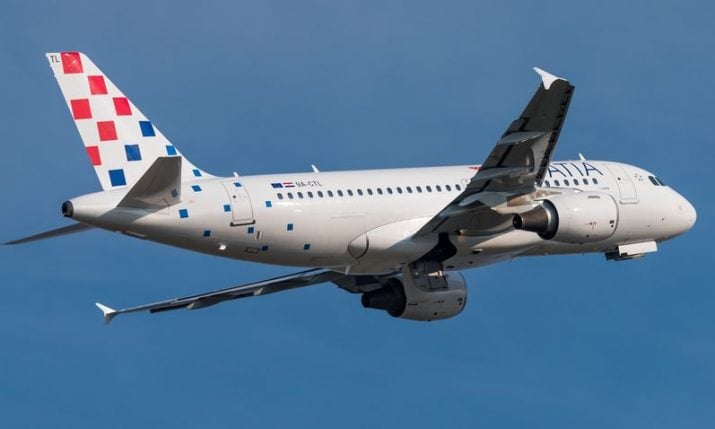First research and satellite tagging of Cuvier’s beaked whales begins in Adriatic Sea
- by croatiaweek
- in News
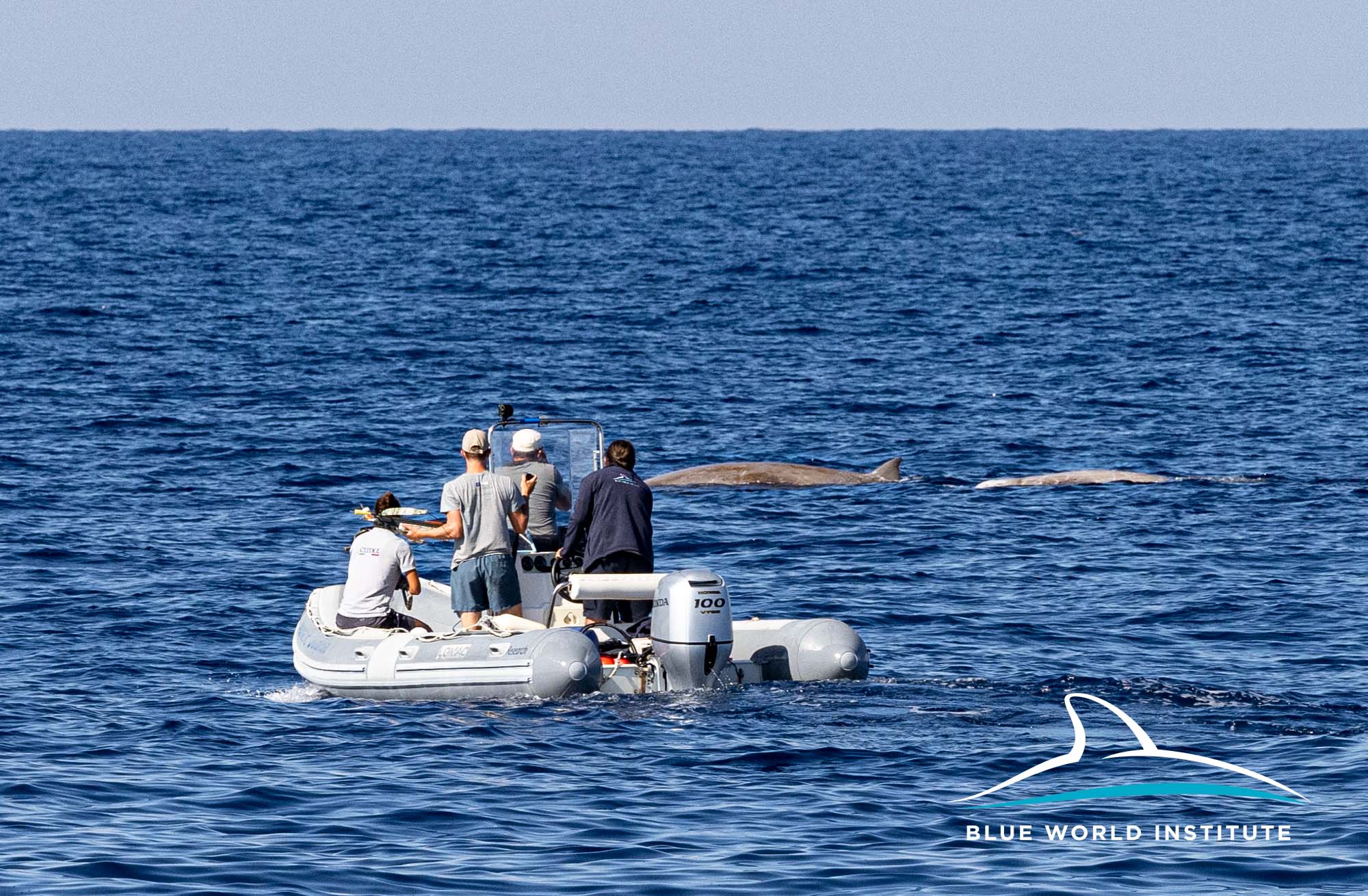
Researchers near Cuviers beaked whales (Photo: Blue World Institute)
An international team of scientists from Croatia and Italy set sail on the 14-meter catamaran “Coolway” on Thursday, October 5th, into the open waters of the southern Adriatic with the aim of studying Cuvier’s beaked whales in this region.
The study is carried out as part of the Italian Marine Strategy Framework Directive (EU MSFD) monitoring program funded by the Italian Ministry of Environment and Energy security and coordinated by the Italian Institute for Environmental Protection and Research (ISPRA). Researchers from the Blue World Institute, Croatian Natural History Museum, CIMA Foundation (Italy), and ISPRA will attempt to locate and satellite-tag those whales in the southern Adriatic during October, as well as collect tissue samples through biopsies.
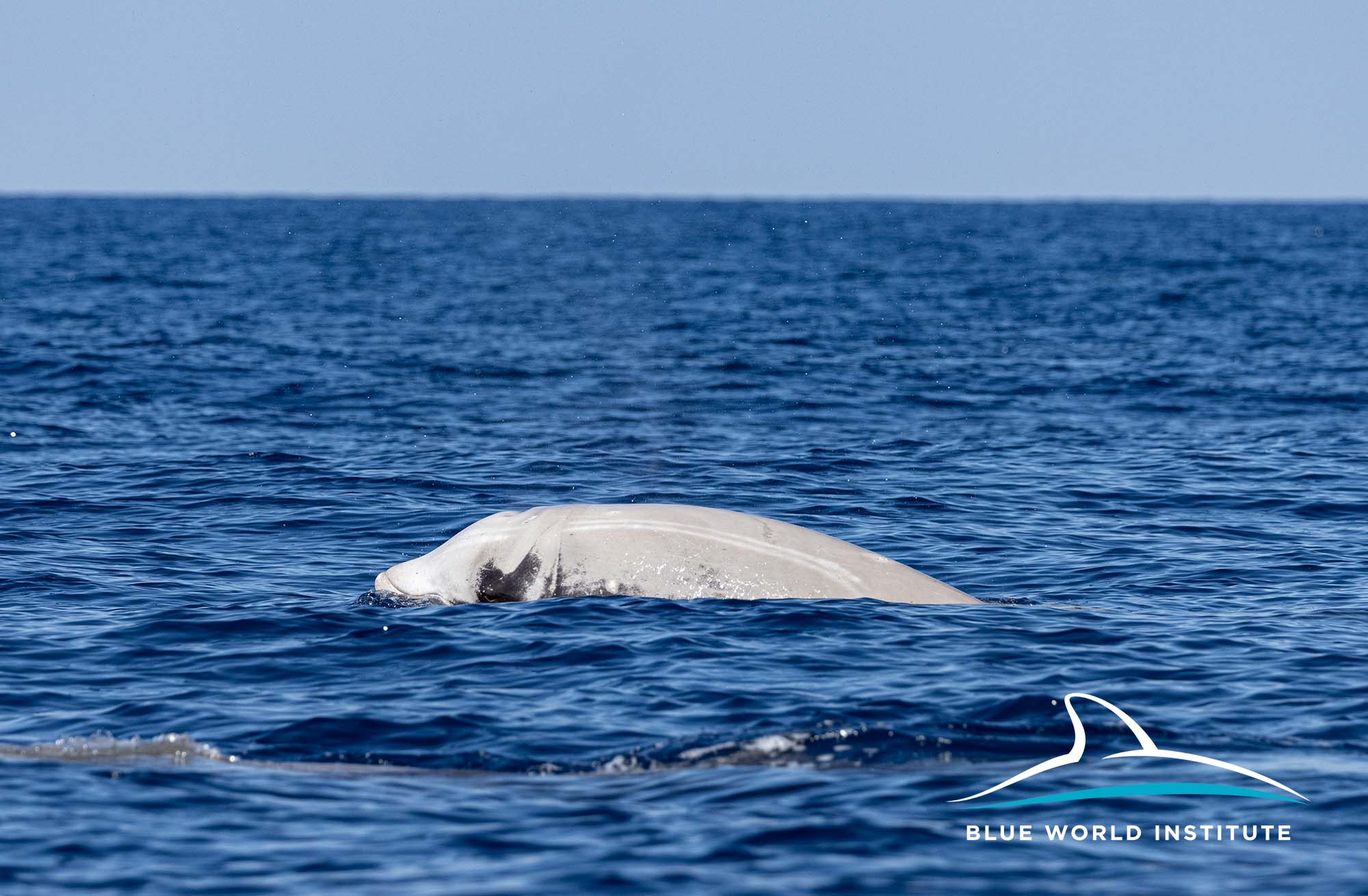
(Photo: Blue World Institute)
Despite being called a “whale”, Cuvier’s beaked whale belong to the group of toothed whales (which includes dolphins). They primarily feed on cephalopods, which they hunt in great depths. Cuvier’s beaked whale can grow over 6 meters in length and weigh over 3 tons. “In the Mediterranean Sea, Cuvier’s beaked whales inhabit areas where depths usually exceed 1000 meters. They are present in low abundance and lead an elusive life. Aerial surveys have indicated that the southern Adriatic waters represent an important habitat for Cuvier’s beaked whales at the Mediterranean level. These protected marine mammals require monitoring according to European legislation. However, their life in the Mediterranean is poorly known; hence, scientists need to collaborate to elucidate it. Satellite tracking is a powerful tool that will allow us to obtain key information to further protect this species. These animals know no boundaries, so an international joint venture was necessary to ensure the highest likelihood of success.” said Dr Caterina Fortuna, scientific coordinator of this campaign from ISPRA.
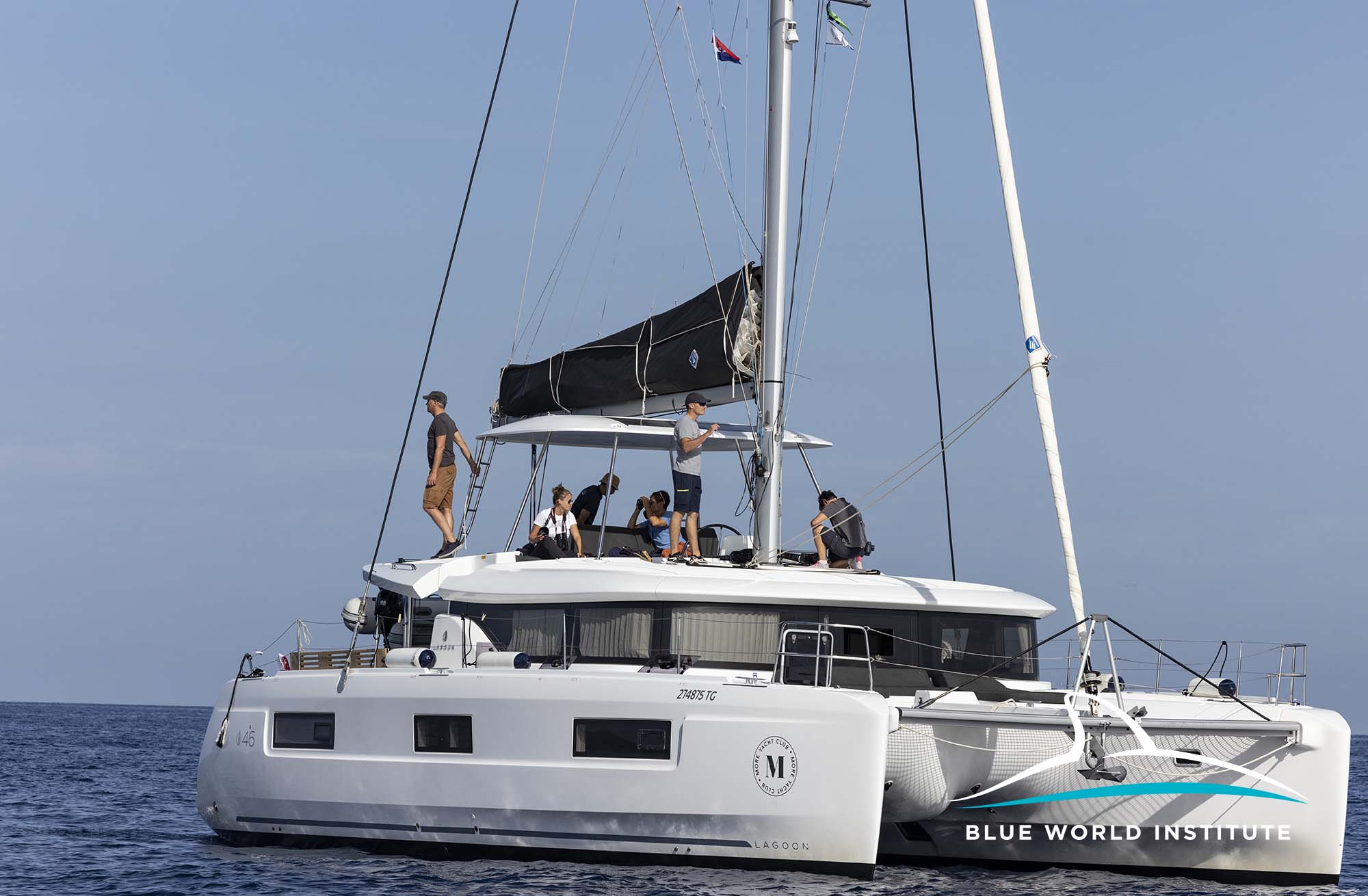
(Photo: Blue World Institute)
Sound and noise travel much faster in water than in the atmosphere, affecting even the most remote areas of the sea, hindering navigation and communication for marine animals. The southeastern part of the Adriatic Sea remains relatively pristine and quiet, considering that industrial fishing does not occur at greater depths and the main shipping corridor for cargo vessels passes along the northwest side.
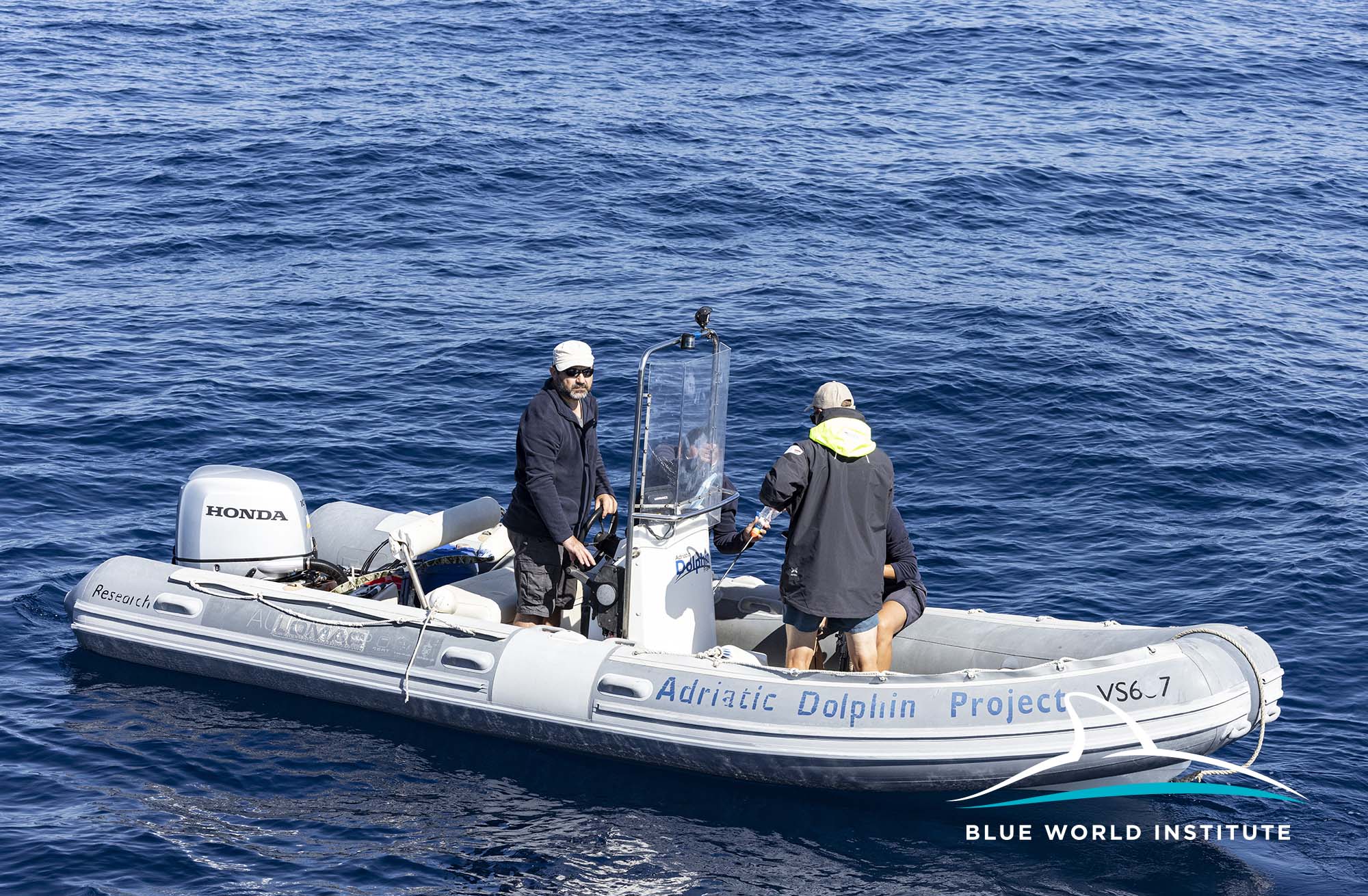
(Photo: Blue World Institute)
“Cuvier’s beaked whales in the Adriatic are a poorly understood population under significant pressure from various human activities at sea, especially vulnerable to the noise generated by military sonars used during their exercises. These impulsive underwaters sounds are known to cause mass strandings and mortality in the Mediterranean Sea. Given the increasing levels of noise in the sea, researching beaked whales is crucial for their protection and conservation, also in the context of the EU MSFD programme of measures,” said Dr. Grgur Pleslić, the Director of Science Programs at the Blue World Institute.
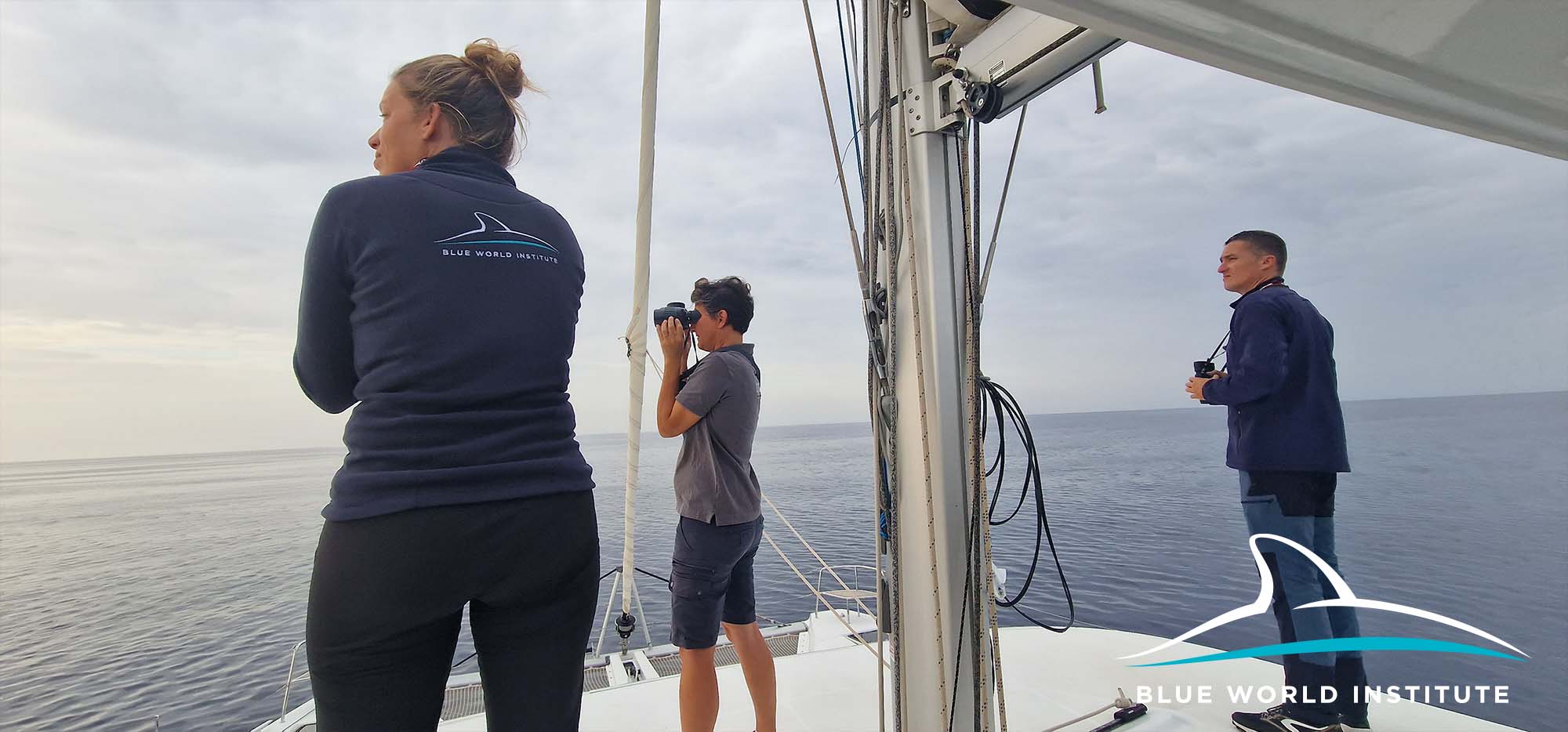
(Photo: Blue World Institute)
CIMA Foundation research team is led by Dr Massimiliano Rosso, scientific coordinator of this campaign, who stated, “This would be the first time that a species of whale in the Adriatic will be tracked using satellite transmitters. In addition to the locations where individuals surface, the devices will provide information about diving depths and the time they spend underwater. I am extremely pleased to be able to share some of our experience with Croatian scientists, but I am even more excited about future work analysing the collected data and comparing the behaviour of Cuvier’s beaked whales in various parts of the Mediterranean Sea.” Dr Rosso is a renowned expert of beaked whale satellite tagging, with extensive experience in the Mediterranean Sea and the South China Sea. The CIMA team will also collect data on distribution and encounter rates of Cuvier’s beaked whales and train Croatian cetologists on how to deploy and use satellite transmitters.
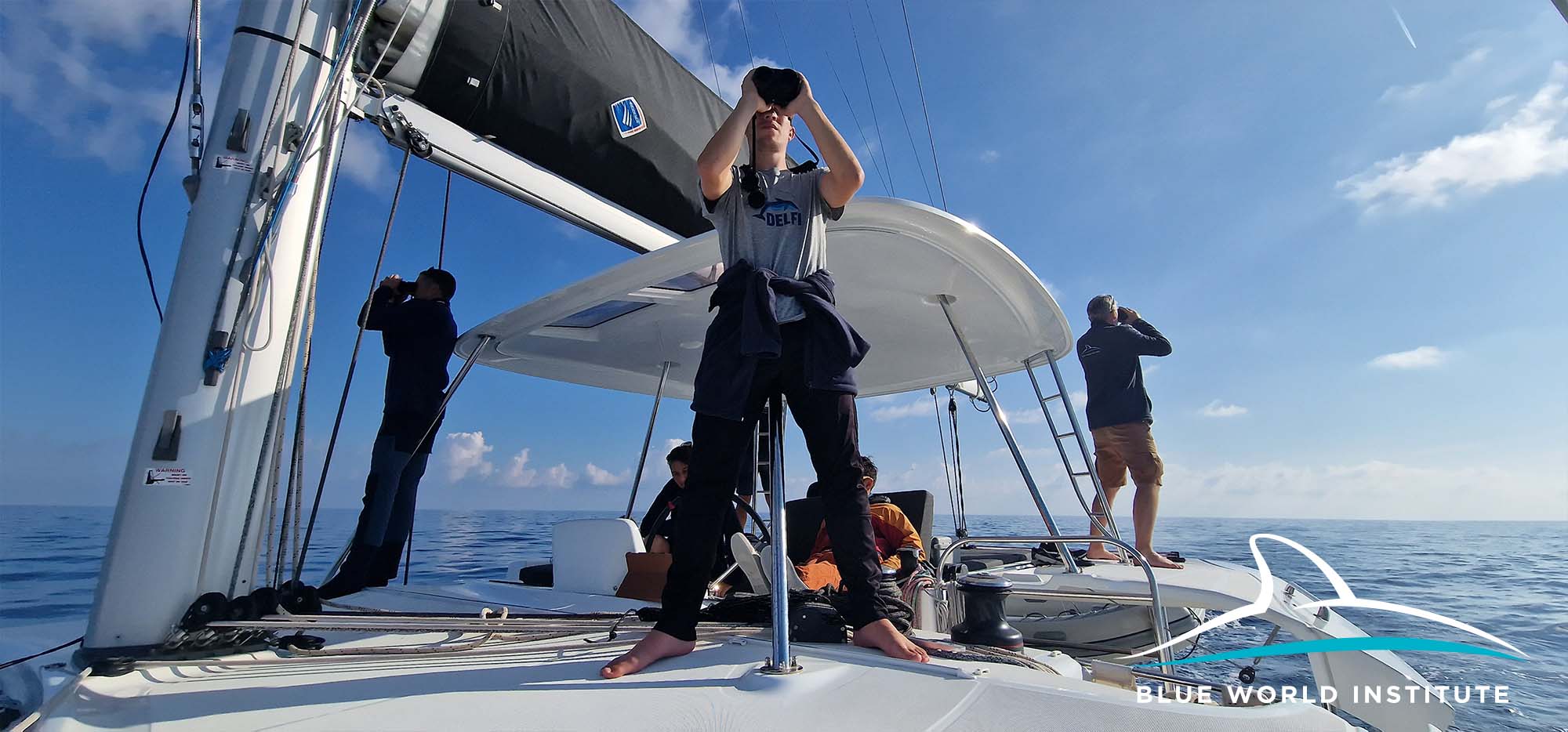
(Photo: Blue World Institute)
Dr Draško Holcer, an associate professor at the Croatian Natural History Museum, commented on the research of Cuvier’s beaked whales, stating, “Studying Cuvier’s beaked whales is fantastic because it provides us with information that the human mind can barely comprehend – that a mammal species, like ourselves, can dive to 3000 meters and stay submerged for almost 4 hours! On the other hand, this research can be somewhat frustrating because we can mainly study dolphins and whales when they are at the surface, so a significant portion of fieldwork involves waiting for the animals to resurface. In this sense, satellite transmitters and the data we collect will be of utmost importance for understanding this elusive and poorly understood species.”
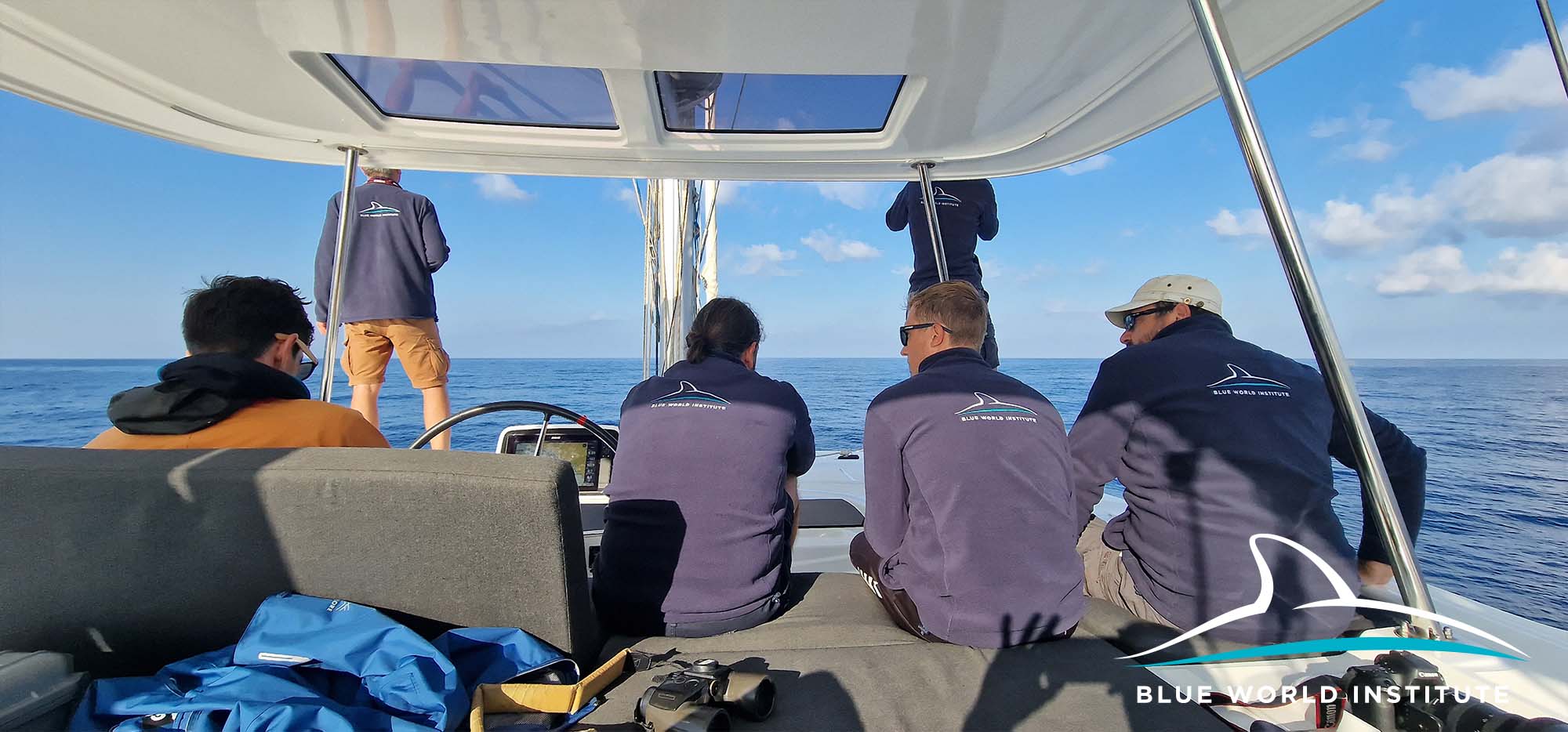
(Photo: Blue World Institute)
As far as is known, Cuvier’s beaked whales do not undertake migrations. Therefore, it is expected that the Adriatic population is connected to the nearest population in the Ionian Sea. To determine the genetic structure and connectivity with other parts of the Mediterranean, scientists will take tissue samples biopsy for later genetic and toxicological analysis. During this research, they will record the presence of all other species and record their vocalizations. This campaign is expected to provide key data for the next reporting round on the MSFD (2024) on the conservation status of this species. Hopefully, this study will also confirm the importance of the southern Adriatic for beaked whales and serve as the basis for further monitoring and the development of management plans for this remote area of the Adriatic.
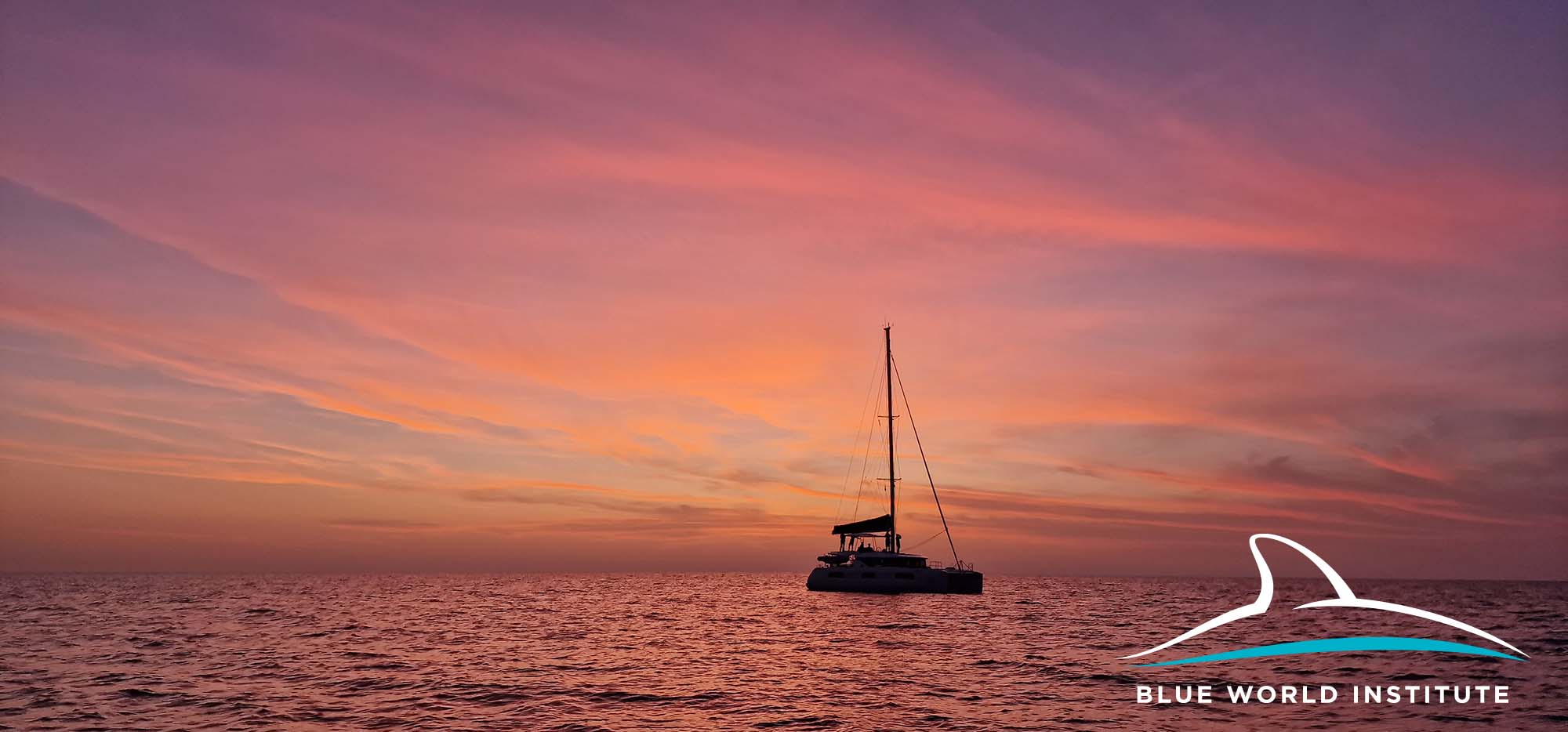
(Photo: Blue World Institute)
In addition to Cuvier’s beaked whales, the southern Adriatic is home to numerous other cetacean species, including common, striped, and bottlenose dolphins, as well as Risso’s dolphins and occasionally sperm and fin whales.
News from the field – Within the first few days, scientists have already achieved positive results, recording several groups of four Cuvier’s beaked whales and several groups of 30-40 striped dolphins.

